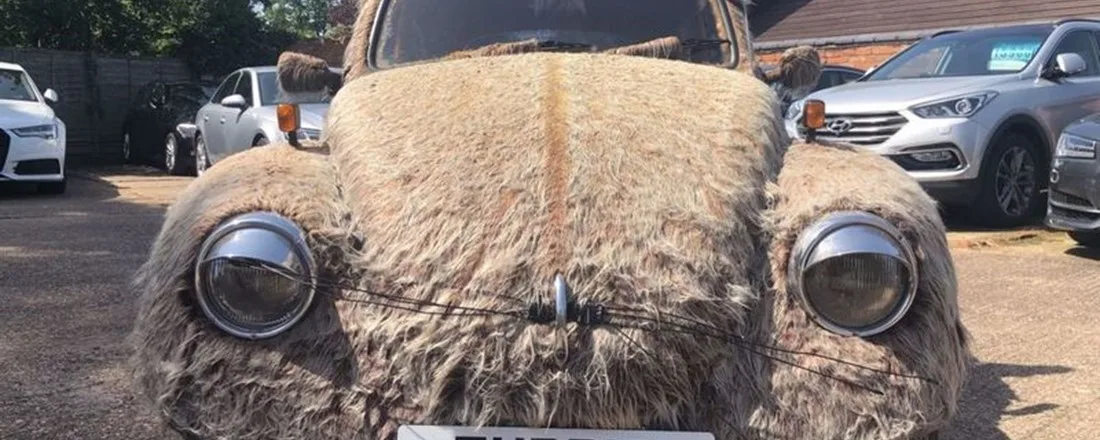According to the latest data from Auto Trader, the exceptionally strong levels of consumer demand in the market is continuing to fuel record price growth. Based on the circa 400,000 used vehicles currently advertised on its marketplace, the average price of a used car increased a massive 12.6% year-on-year (YoY) on a like-for-like basis last week (as of 12th July 2021). It not only marks 63 weeks of consecutive price growth, but a huge acceleration on what is now a comparatively conservative 5.7% increase recorded during the week of 12th April.
Illustrating just how high the level of demand currently is, there were over 14.7 million cross platform visits last week to Auto Trader, which was a 24% increase on the same week[1] in 2019. There was also a 14% rise in the hours (2.2 million) consumers spent researching their next car on the marketplace. As a result of this increased activity on site, the average number of leads being sent to retailers grew 54% compared to the same period in 2019. This reflects both the strong levels of demand as well as the change in buyer behaviour of making contact before visiting a forecourt.
Another testament to the underlying levels of demand in the market is the faster speed at which retailers are selling cars. Last week, it took an average of just 23 days for stock to leave forecourts, which is a significant drop on the 43 it took at the start of the year.
Record price growth fuels strong sales performance
As a result of the huge demand in the market, according to Auto Trader’s proxy sales data[i], many retailers are reporting very strong used car sales performance, with current[2] sales volumes up around 4% compared to 2019.
Such is the huge acceleration in used car prices that contrary to the commonly held belief, there is little evidence of a ’price ceiling’ in nearly new vehicles (aged up to one year old). In fact, a snapshot taken on 1st July found circa 700 used vehicles priced higher than their brand-new counterparts, whilst one in five nearly new cars on Auto Trader are priced within 10% of their new car equivalents. What’s more, there are many models currently achieving very high prices after two years of purchase, with 87 different variants advertised on Auto Trader currently priced at 80% of RRP or more.
Despite concerns over current trade valuations, a positive consequence of the surge in retail prices is the potential margins available. In fact, comparing the hammer prices of 45,000[3] vehicles on Dealer Auction with the final advertised prices on Auto Trader during January to June 2021 revealed most retailers have been able to achieve very strong margins. These have widened since physical forecourts reopened in April, and cars priced between £5,000 – £10,000 are recording the strongest growth in margin, increasing 13.3% (an average of £215) on pre-pandemic levels.
Commenting, Auto Trader’s director of data and insight, Richard Walker, said: “The ongoing price growth represents a huge opportunity for retailers, and whilst there are concerns over inflated trade prices, I hope the evidence of our data gives retailers the confidence to buy knowing the very positive trade margins available.
“Encouragingly, wider economic factors, as well as a positive sentiment shift towards car ownership, an aversion to public transport, and the 1.7 million sales ‘lost’ in 2020 while physical showrooms were closed, indicate this high level of car buying demand will continue for the foreseeable future. It’s for those reasons coupled with the huge success retailers have made in adapting to the changing retail landscape, we can be confident of sustained levels of used car sales throughout the year ahead.”
Pricing behaviour underpins significant retailer confidence
Reflecting the strength of the market, Auto Trader continues to see fewer retailers adjusting prices on fewer vehicles. An average of 2,126 retailers made daily price adjustments last week, which is circa 425 fewer than the same period in 2019. What’s more, an average of 11,175 vehicles were repriced every day last week, which is 26% fewer when compared to 2019. The data also suggests retailers were making significantly smaller reductions to sticker prices, averaging at just -£139, which is 60% less than the average adjustment made in 2019 (-£344).




